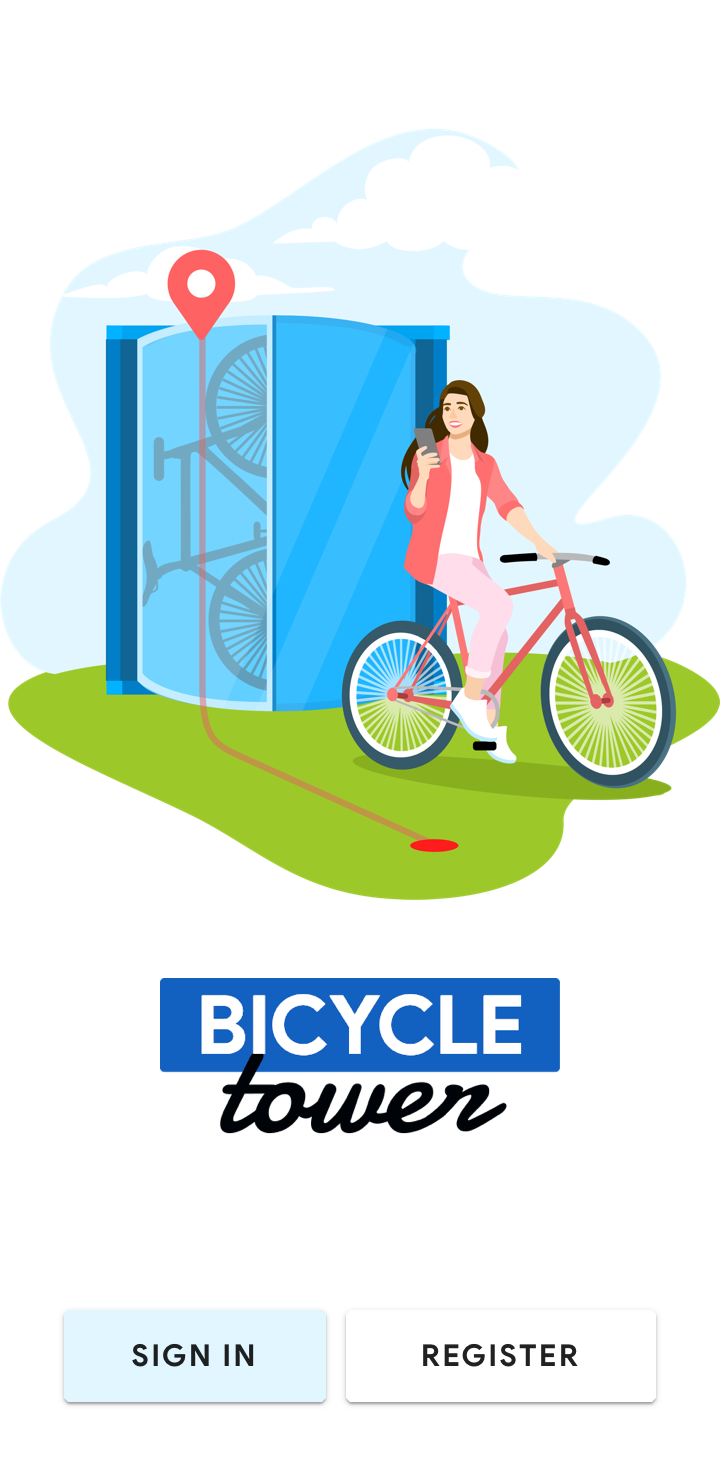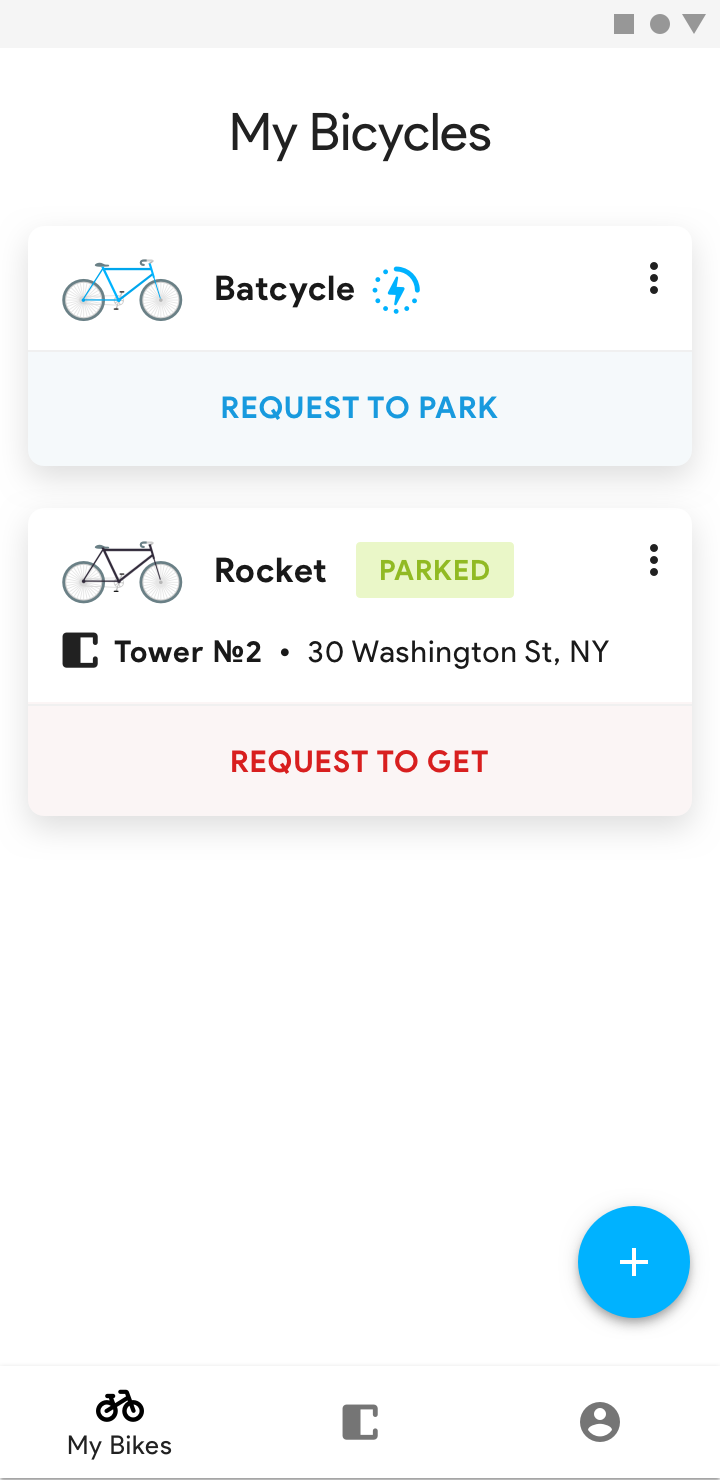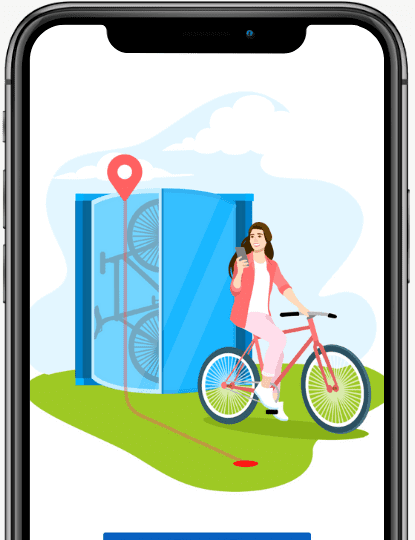Our Redwerk team continues the series of tech talks on sustainable tech development. It happened so that we’ve been lucky to work with one more green startup. In our previous interview, we featured Kooky, Switzerland’s number one intelligent reusable cup system. This time we talk about the multi-billion micromobility market, its challenges, and innovative sustainable transport concepts.
Micromobility Is on the Rise!
The micromobility market is successfully recovering from the 2020 pandemic hit and is expected to continue its rapid growth in the coming years.
The reasons for such optimistic projections are plentiful. Here are the most apparent ones:
- Eco-friendly city policies. The imminence of climate change and associated consequences prompts city councils to develop sustainable transport infrastructures and promote green transport. For example, Milan plans to free up 35 kilometers of streets previously occupied by cars for pedestrians and cyclists. This trend is further supported by Paris, Brussels, Seattle, and Montreal, which also plan to convert some car lanes into cycle paths.
- Shift in consumer priorities. The COVID-19 pandemic has taught us to maintain social distancing and pay closer attention to our hygiene. The latter are quite difficult to achieve with public transport, so many people switched to micromobility solutions – bikes, e-bikes, and e-scooters.
- Growing popularity of e-bikes. The global e-bike market is projected to reach $20 bln by 2023. Even though e-bikes are way pricier than regular bikes, they are loved by those who struggle with long-distance rides or hills and choose convenience when it comes to commuting. The surge in e-bike adoption is further fueled by various green transport incentives, such as the US 30% tax credit on purchases of certain e-bikes, saving Americans up to $900.
While a steady increase in the popularity of micromobility vehicles is definitely positive news, there arises another challenge – the unpreparedness of city infrastructures to handle this new user demand, especially when it comes to parking. Let’s dive deeper into this issue and explore existing and emerging solutions in this regard.
Future of Bike Parking: My Bike Valet Project
The most prominent issue with bike parking is, of course, the lack of parking spots. If we take New York, for example, the city offers only 56K parking spots for 1.6 mln cyclists. As a result, the rest of the riders have to improvise and tie their bikes to street signs, trees, fences, or gates. The latter mode of parking is a serious problem: it violates the city law, clutters public spaces, and increases the chance of bike theft.
Another challenge is that the existing bike parking options are not only scarce but also inconvenient, insecure, and not adapted to parking e-bikes. There is a dire need to develop modern bike parking solutions that cater to diverse riders and are user-friendly enough to reach broad adoption. Here is where players like My Bike Valet come to the fore.
Founded by an engineer by trade and a cyclist by passion, My Bike Valet has truly reimagined how cities should do bike parking. Its patent-pending bike parking system is space-efficient, unlocked with an app or RFID card, and secure enough to leave your helmet or light backpack along with your bike. It also offers built-in charging spots for e-bikes and steel cables to lock bike frames and wheels. Check out all the use cases here.
Meet Walter!
We invited My Bike Valet’s founder to discover how the startup was born, what challenges were on the way, and where the micromobility industry is headed. Stay tuned!
— My name is Walter Zahn, and I’m the founder of My Bike Valet. Actually, I’m from Germany, and I moved to the US in 2000. By trade, I’m a mechanical engineer but always worked in IT and consulting, and consulting is what brought me to the US from Germany. So I did about 10-plus years of SAP consulting. And then, around 2004, I set up my own consulting boutique in the US to serve the midsize companies that move away from SAP consulting. And then, in about late 2017, I started to get first ideas around what today is My Bike Valet.
— In a nutshell – peace of mind, let us watch over your bike! So the phrase “valet parking” in the US means that when you go for dinner at a restaurant, pre-pandemic, of course, then you would hand over your car to a parking attendant, and that’s what is called valet parking in the US. And we want to implement a similar concept around bicycles, so you hand over your bike not to a parking attendant but to our system, which stores it away safely. And when you come out, you retrieve your bike, so the bike is brought to you safely. Again, it’s still there, nicely organized, well watched over. So it’s really peace of mind, let us watch over your bike – that’s our mission.


— On a bicycle since the age of four. So for me, a bike has always been the way to get around town, run errands, visit friends, and so on. At some point, I also picked up road cycling as an exercise option. So my wife, after we met, figured out that it was the only way to cope with me, so I’ve been cycling for quite some time.
The idea of the bike parking carousel was born here in Boston. Boston is a really big city, and there are really no good options to safely park your bicycle other than the usual lean-on parker. It’s a post or something where you can attach your bike to, but other than that, the bicycle is out, and the elements, and people can steal stuff from your bike, which happened to me a couple of times.
So we came up with the most compact system on the market with plenty of features. And that’s a little bit like the Swiss knife concept in bicycle parking. So we have the bicycle parking carousel, and you can have a roof over it, and you can have a fence around it, you can add e-bike charging, that’s how this idea came up.
— Cycling is a fast-growing market. Especially in the pandemic, the size has shown to be one of the fastest-growing industries. There are new features, so this is evolving in the bike parking industry as this demand grows. Of course, a pretty big share for the regular get-around-town bikes usually means the simple lean-on parker to which you can attach your bike.
But more and more people also get these expensive e-bikes, and they are easily reaching 2000 dollars or euros or more. And these people who buy these bikes, they really want to park them safely and often want to charge their batteries without removing the batteries and bringing them into the office or home. So this is where the bike parking industry is evolving around.
Also, any new construction often requires a certain number of bicycle parking spots per apartment. In Germany, for example, the very common incidence is that for a family of four – two parents, two kinds – it is required to provide four bicycle parking spaces.
And then, in the bicycle parking industry, there are also bike-sharing concepts, and I could go on and on, so it’s really a fast-growing market. I think you got the idea.
— Scooters are actually quite a different segment of the micro-mobility industry, so that’s completely outside our scope, and we don’t compete with scooters.
Bike-sharing is a little bit different, so we have some overlap there. Currently, we are targeting residential bike parking and company parking. Especially in the company parking, we, I wouldn’t say, compete, but have overlap with bike-sharing, and we can also include bike-sharing into our concept.
— Cities, of course, have had growing populations ever since the city was invented thousands of years ago. And that means we have a continuously increasing density in cities, and that is a very natural conflict of the role of cars in cities.
Because cars need space not only to park but when they move around and arrive at their destination, I’m convinced that the rate of car ownership in cities will continue to decline. As it already does, especially in the US, as long as other options can compete with cars in terms of comfort versus efficiency.
When you look at Lyft and Uber, the ride-hailing platforms, they provide a comfortable way to get around town without having your own car. And when you look at the bicycle, that’s clearly the efficiency, especially with e-bikes for some longer distances, the efficiency segment clearly is competing with cars big time. I think car ownership in cities will continue to decline and we will see more other micro-mobility concepts taking place.
— For me, yes, it’s a very clear yes. For others, it’s not always “yes, technology makes lives more comfortable”; there is also a challenge involved. But if you manage to make technology user-friendly enough, you’re on a good way to make lives more comfortable.
For example, today, when you want to get from A to B, let’s say you arrive in New York and check out the app for it, and you want to go to Fairfield, Connecticut. So what are the options, yeah? There you have these associated services, you have first an airplane, a train, or bus, you have different schedules. If technology can bring these things together into one platform, as does Google maps today, so you just type in I wanna go to Fairfield, Connecticut; it takes your current location and offers different options, then your life can become much more comfortable with technology.
And in our case, when you want to run an errand or take a bike to ride 7 miles or 10 kilometers into the city and do something at the city hall, if you can check beforehand a bike compartment safely, and maybe reserve a spot, then that is definitely an added comfort to your daily life, we believe.


— This is actually quite easy for me to answer. Today it’s, of course, all about the apps. However, in our case, the most challenging thing was really to resolve the mechanical side, especially the modernization of the carousel and integrate that with the electronics, and all of that in a way so that the operation is smooth, safe, long-lasting, and efficient. That has actually been the biggest challenge. I don’t want to go into the details of all the reasons, but the IT side is not so much a challenge in our case.
— As a true startup, you’re much better off working with service providers as you don’t have the need for a full-time engineer in the beginning, or a full-time programmer, or a team of programmers. So it’s much easier to work with a network of service providers, but you might not always find the best competencies right away, so it’s potentially not always a straight line. Yes, it’s better to work with service providers but be prepared for some pitfalls.
— Before the pandemic, the idea was to start sales in the US, North American markets first and move to German and European markets afterward. And that’s also why we split the development between Germany and the US, so Germany is for the development of the mechanical side and the US – electronics, and software through you guys, Redwerk.
But the pandemic has clearly thrown a bunch of monkey wrenches our way, so logistics has been a nightmare during the pandemic. Our geographies are international, and logistics continue to be a nightmare, but we are seeing the end of that.
— It did influence our business big time. We intended, as I said, to target the US cities first, corporate and residential parking, but when the pandemic hit us, we took a backseat first due to everybody working at home, from remote, and so on. This clearly changed our demand picture.
And European countries, on the other hand, have been much more active with green initiatives during the pandemic to keep their economies rolling or to jumpstart their economies again. So we decided to shift our focus to cities in Germany and have been quite successful with that, and I expect we can start sales in the US later this year.
— In a nutshell, sustainable, as this is what we target as the industry. Sustainable, team-oriented, that means if you like what you do, and if what you do makes the world a better place, then you, your customers, and your team are aligned, you’re in a good place, and that all automatically translates into a corporate culture.
— That’s a really good question, and I had to go through the last two and a half years. The most inspiring for me to move on is the feedback from customers, friends, and potential customers that we receive.
And the best example of that: just before the pandemic in January 2020, we were invited by one of our partners to present the prototype of our modernized version solitary at a trade show in Germany. This was truly inspiring because the trade show was called Perimeter Protection to protect your property, your residential property, up to nuclear power plants, so it was all about perimeters. We went there in a gorilla marketing style: we were not unannounced that there was a bicycle parking system there at the trade show.
So people just walked by, saw something interesting, saw bicycles sticking out, somebody trying to park a bicycle there, and our booth was packed for three days, from 15 minutes after opening to basically the end of the show, really a couple of minutes before they got started. We let everybody try to use our system, we explained it, and honestly, everybody left with a smile on their faces. This has been the most inspiring for us that keeps us moving forward and leaves us convinced that we are on a good way.
Summing Up
The micromobility market keeps growing, creating new opportunities for businesses capable of putting citizen needs first and designing modern, convenient, and eco-friendly solutions. My Bike Valet aims to simplify cycling and turn the whole experience into an effortless journey. Bike parking takes an important place in that journey, and it doesn’t have to be a pain in the neck. With innovative bike parking systems like My Bike Valet, million-person cities have a real chance to make a change and finally breathe some fresh air.
See how Redwerk helped My Bike Valet handle the IT side of patent-pending bike parking system



